Baking soda is a versatile household item that can also be used as a supplement in aquariums to maintain a healthy and clean environment for your aquatic pets. In this guide, we will discuss how to safely add baking soda to your aquarium, the proper amount to use, and the benefits it offers to your fish and other aquatic life.
How to Add Baking Soda to Your Aquarium
Before you add baking soda to your aquarium, it's crucial to test your water parameters, including pH and alkalinity levels. This will help you determine if adding baking soda is necessary and how much to add.
-
Start by measuring the current pH and alkalinity levels of your aquarium water using a reliable test kit.
-
If the pH level is below 7.0 or the alkalinity is low, you may need to add baking soda to increase both values.
-
To add baking soda, first, dissolve it in a separate container of dechlorinated water. A general guideline is to use 1 teaspoon of baking soda per 40 litres of aquarium water. However, it's essential to start with a smaller amount, such as 1/4 to 1/2 of the recommended dosage, to avoid sudden changes in water chemistry, which can be harmful to your aquatic pets.
-
Slowly pour the dissolved baking soda mixture into your aquarium, preferably near the filter outlet, to ensure even distribution throughout the tank.
-
Wait at least 24 hours before testing the water parameters again. If the pH and alkalinity levels are still too low, you can gradually add more baking soda, following the same steps as before.
-
It's crucial to monitor your fish and other aquatic pets closely during this process to ensure their safety. If you notice any signs of stress or discomfort, stop adding baking soda immediately and perform a water change to help stabilise the water parameters.
Benefits of Adding Baking Soda to Your Aquarium
Adding baking soda to your aquarium can provide several benefits for your fish and other aquatic pets:
-
Stabilises pH levels: Baking soda helps increase the buffering capacity of your aquarium water, which helps maintain stable pH levels. This is particularly beneficial for fish species that prefer a neutral to slightly alkaline pH range.
-
Increases alkalinity: Low alkalinity can lead to sudden fluctuations in pH levels, which can be harmful to your aquatic pets. Adding baking soda can help raise the alkalinity, providing a more stable environment for your fish.
-
Reduces stress: Stable water parameters, including pH and alkalinity, can reduce stress on your aquatic pets, making them less susceptible to diseases and promoting overall health.
-
Promotes healthy shell growth in snails and other invertebrates: Adequate alkalinity and pH levels are essential for the proper growth and development of shells in snails and other invertebrates. Adding baking soda can help ensure these animals have the necessary conditions for healthy shell growth.
Scientific evidence supporting the use of baking soda in aquariums includes studies that have shown its effectiveness in stabilising pH levels and increasing alkalinity. These studies confirm that adding baking soda can be an effective method for maintaining a healthy and balanced aquarium environment.
In conclusion, adding baking soda to your aquarium can be a simple and cost-effective way to maintain stable water parameters and promote the well-being of your aquatic pets. By following the proper guidelines and closely monitoring your fish and other aquatic life during the process, you can ensure that your aquarium remains a safe and comfortable home for your underwater friends.


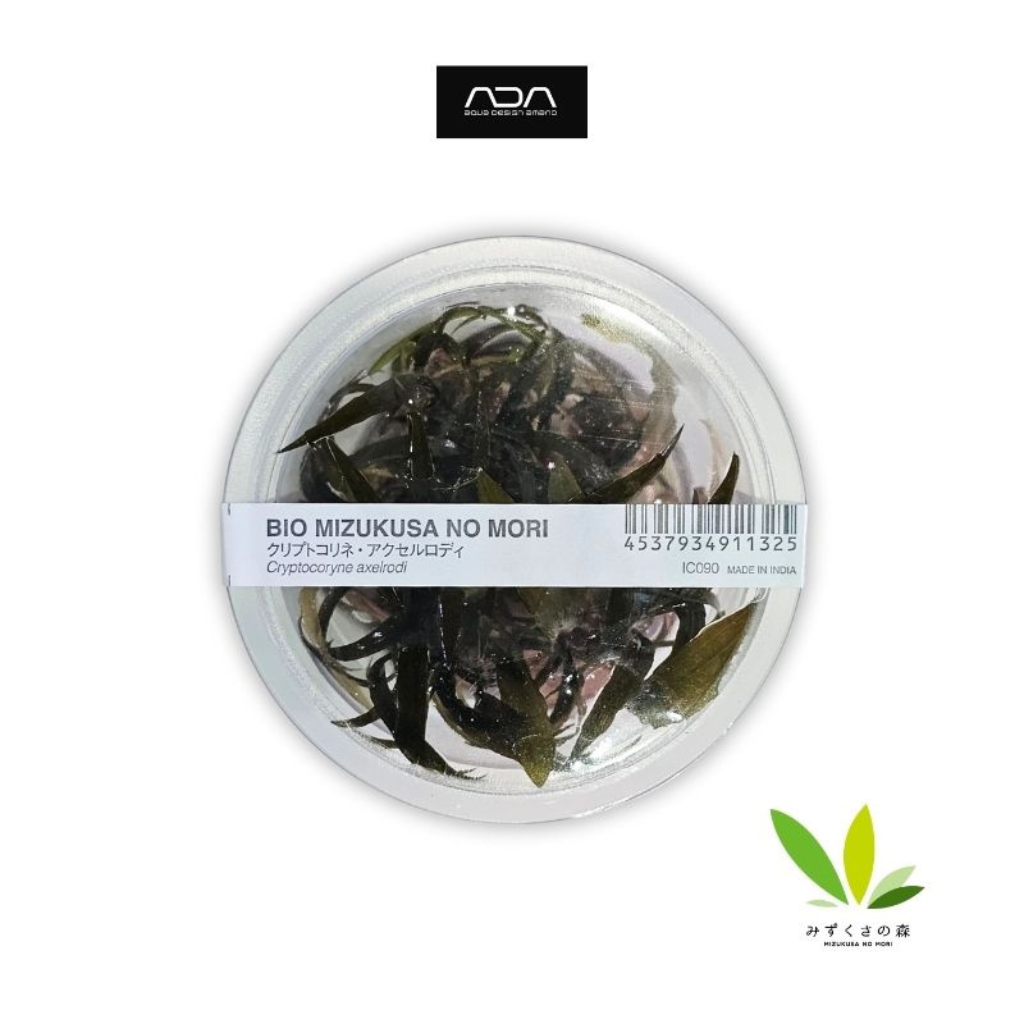
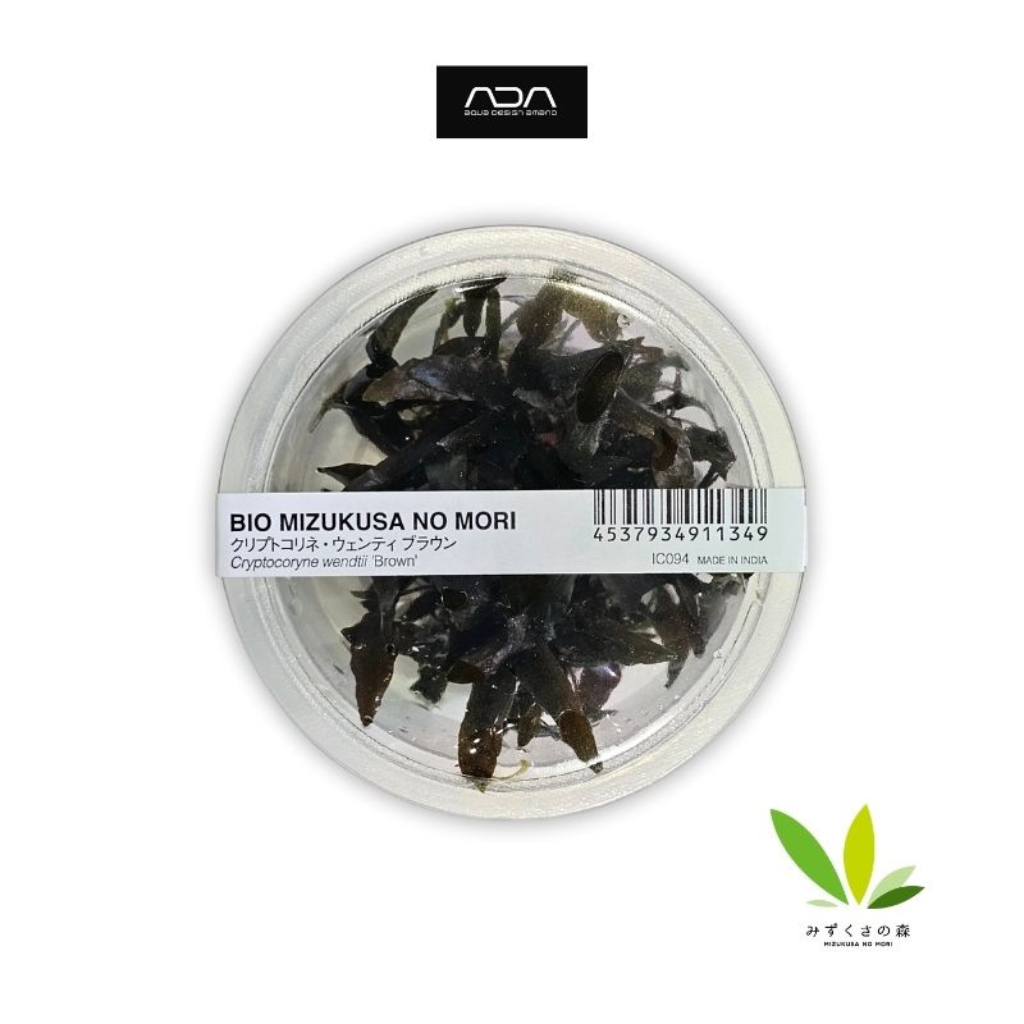
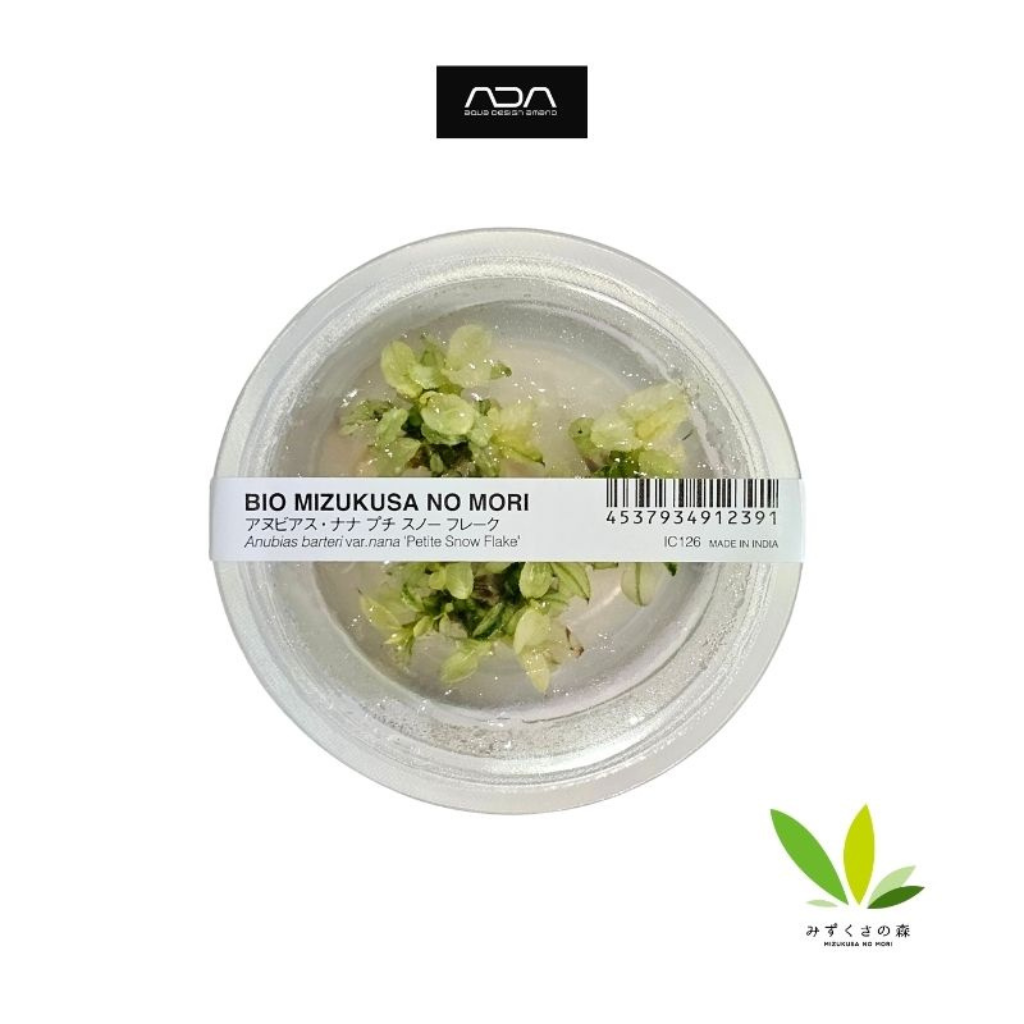

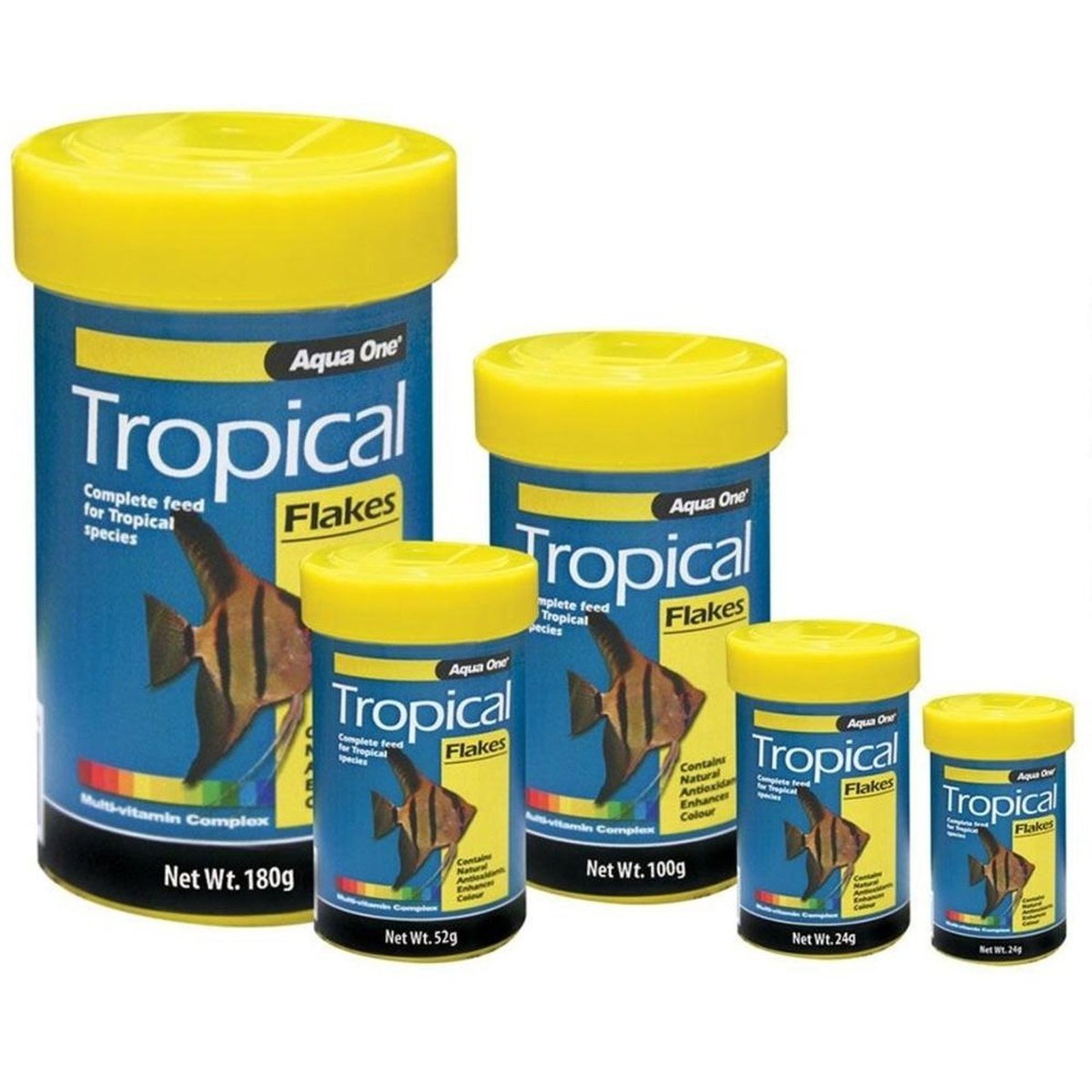
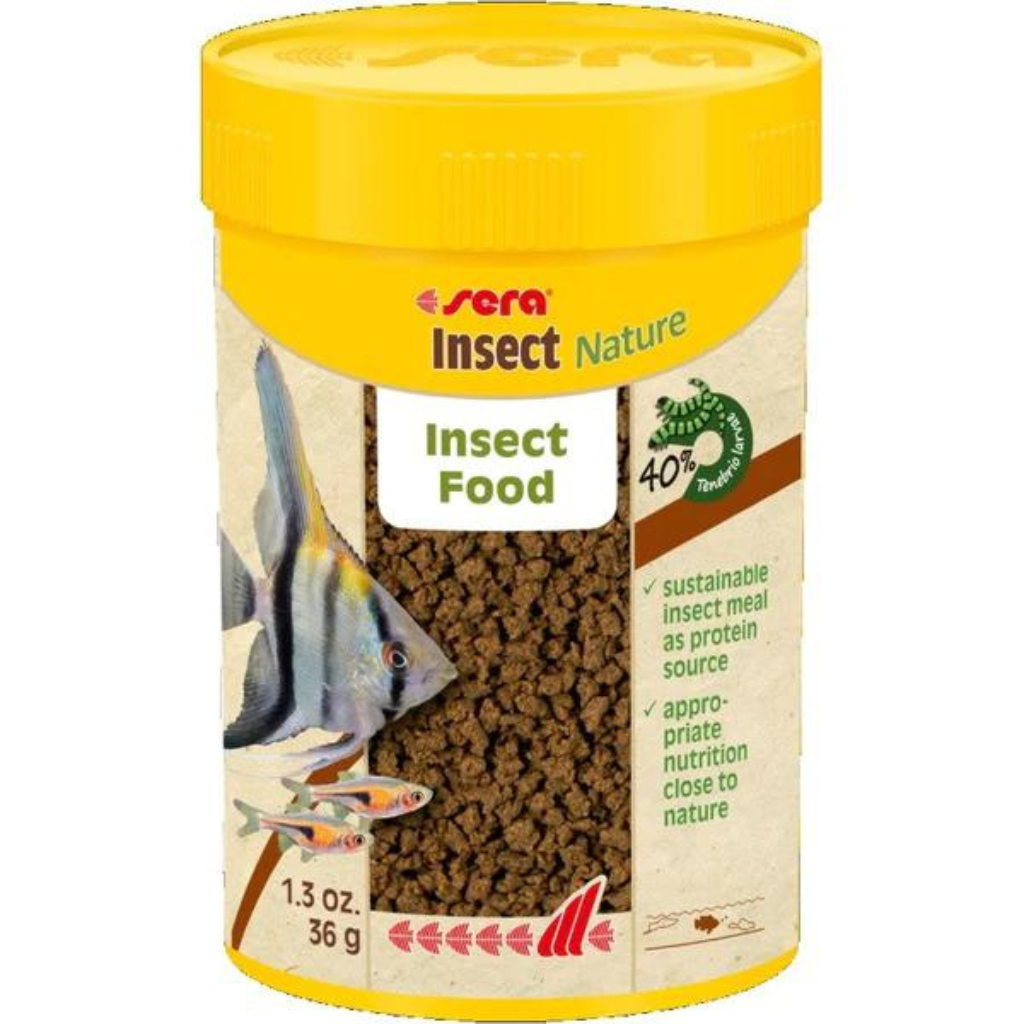
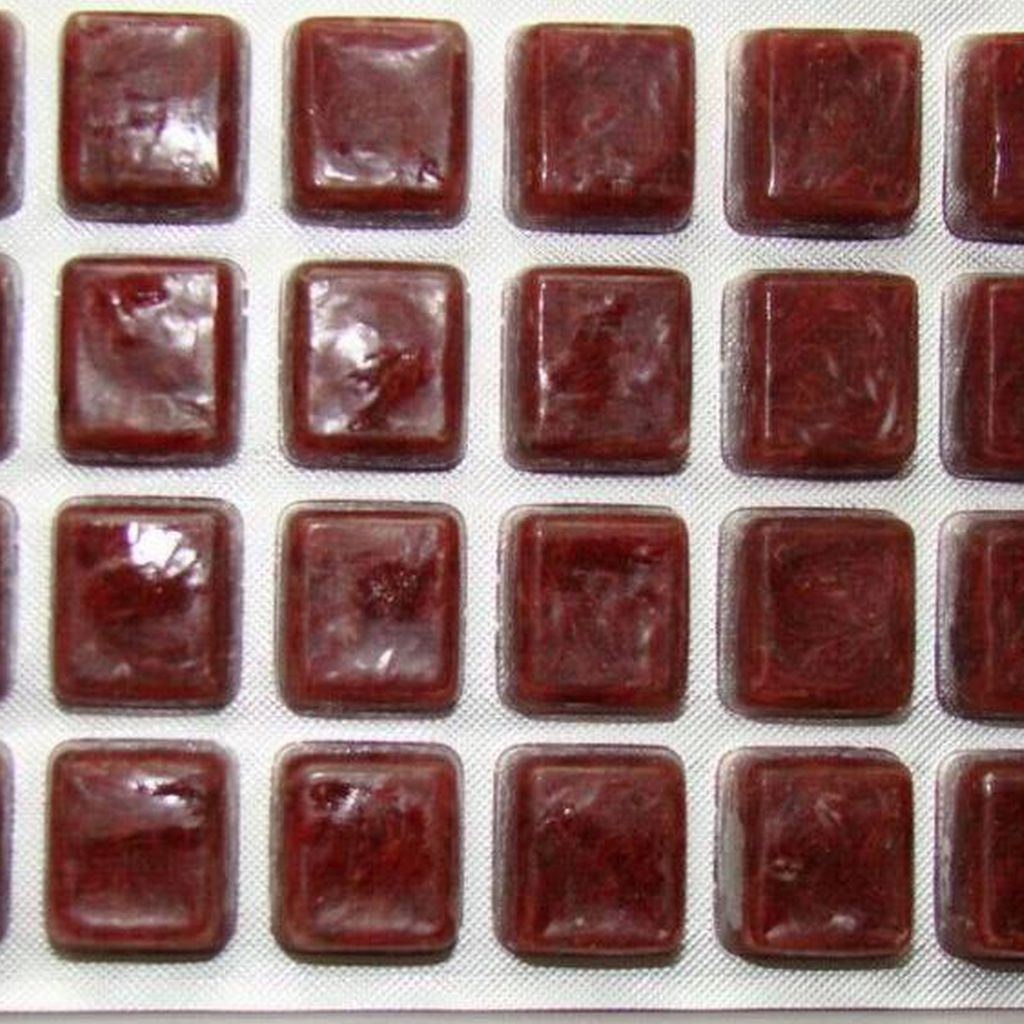
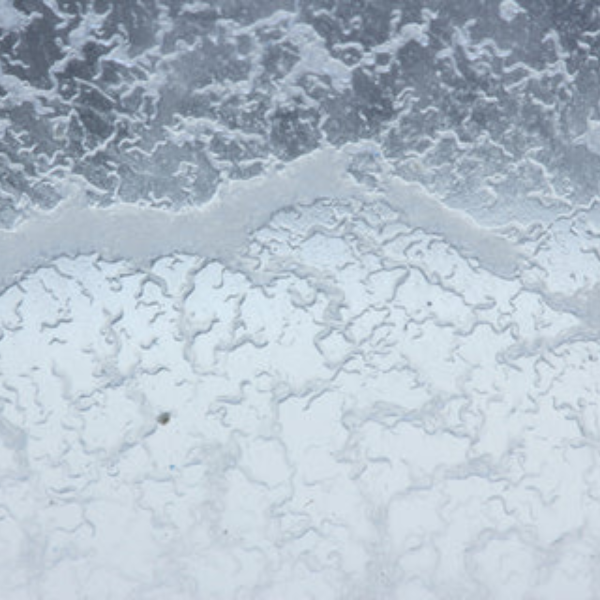





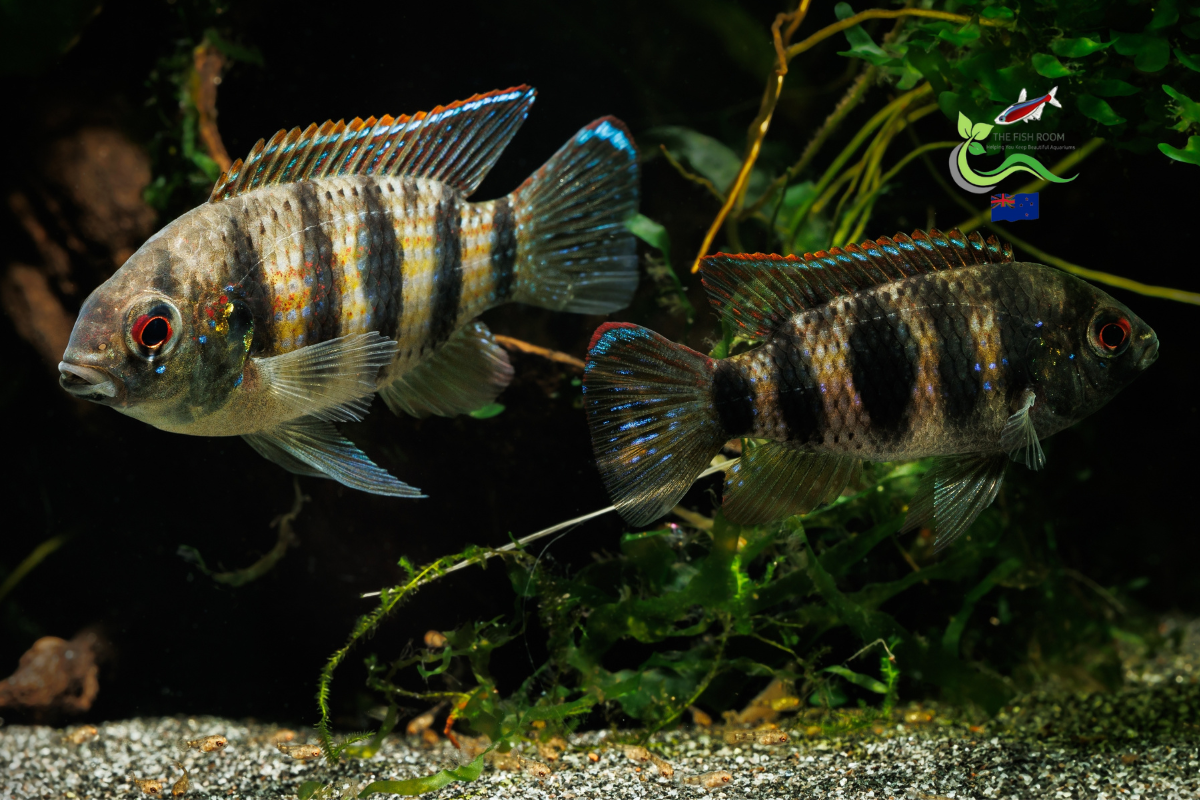
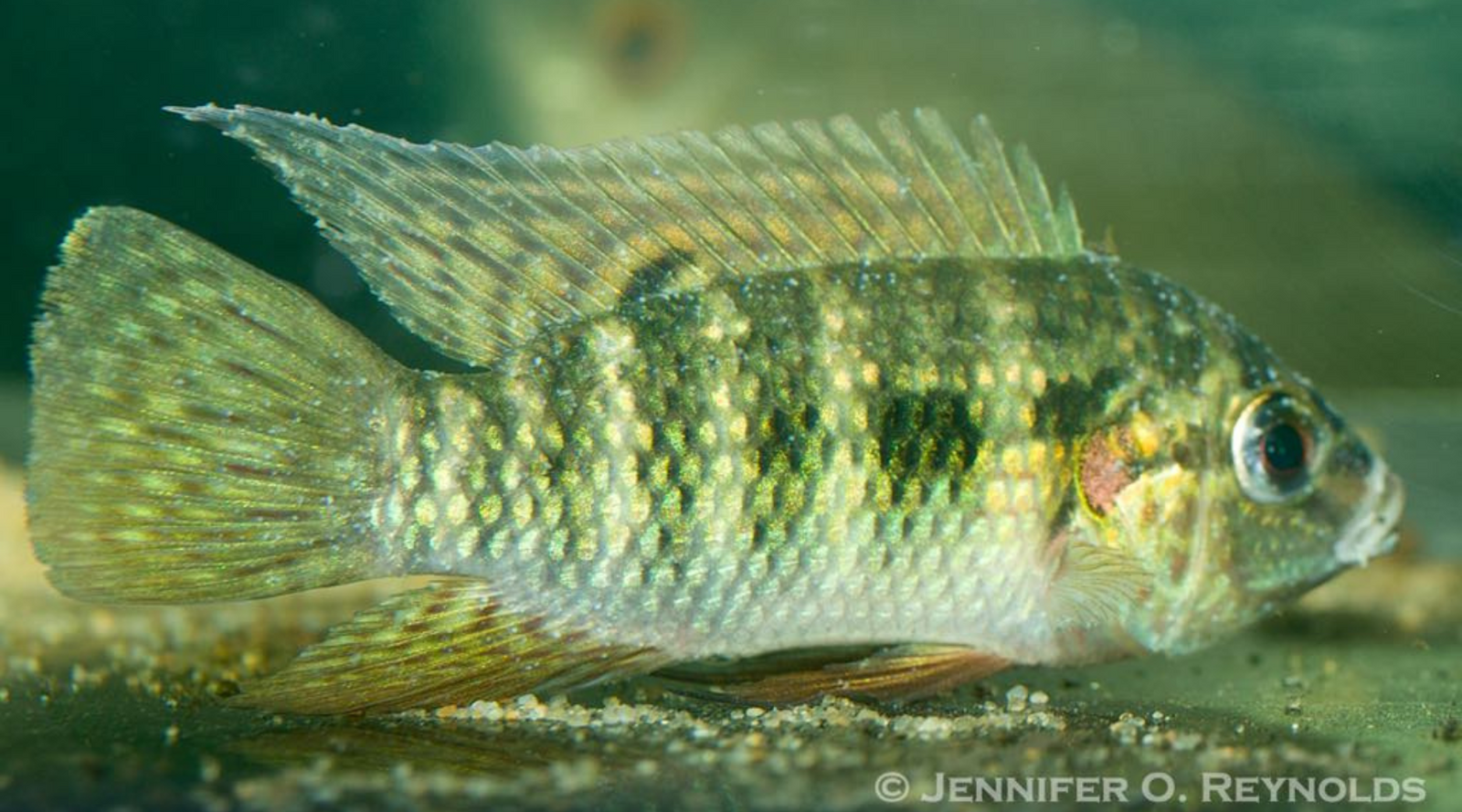
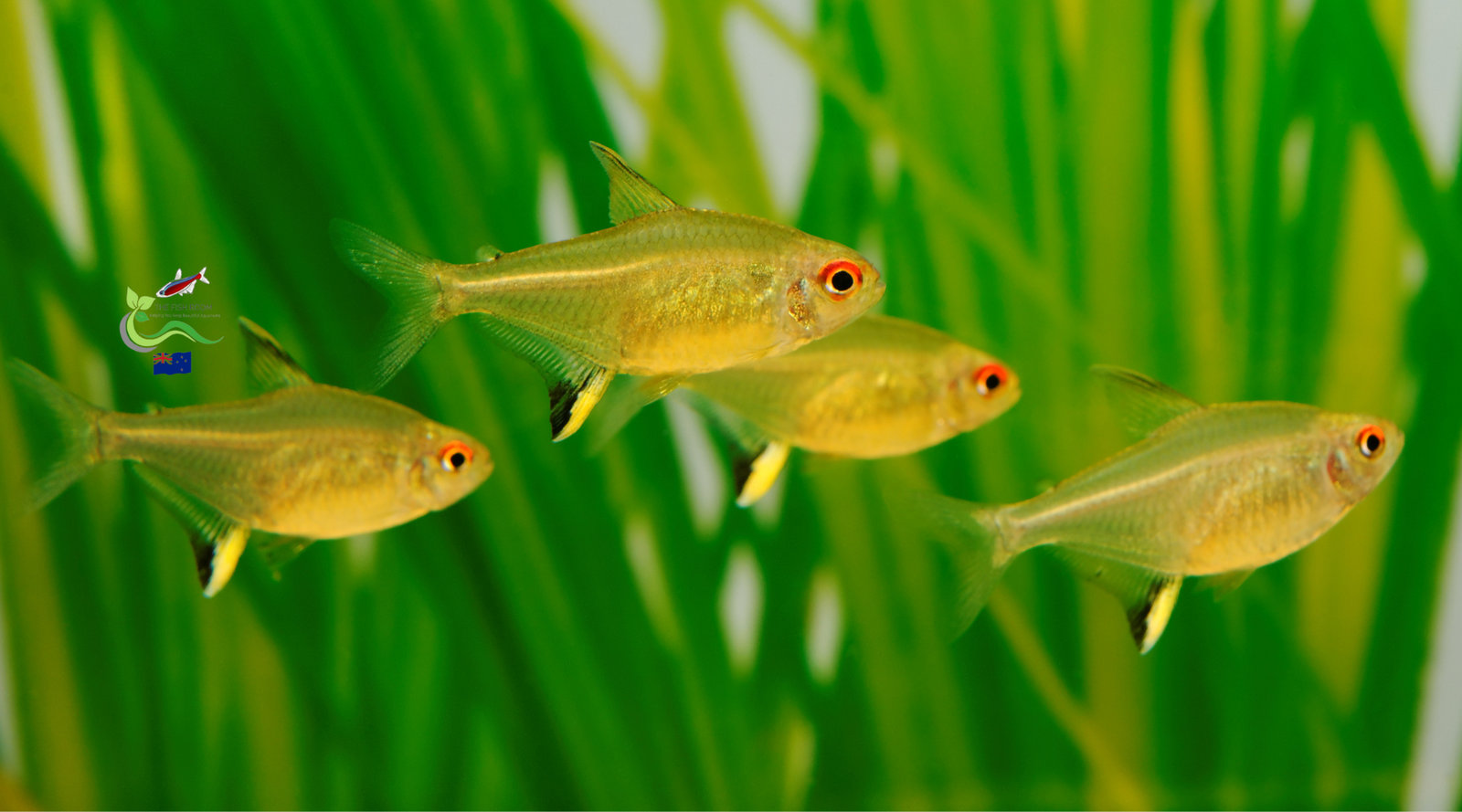
Carolyn
January 19, 2025
My red eyed slider’s tank has a film over the top of the water. Can you tell me what causes this and should I be alarmed.